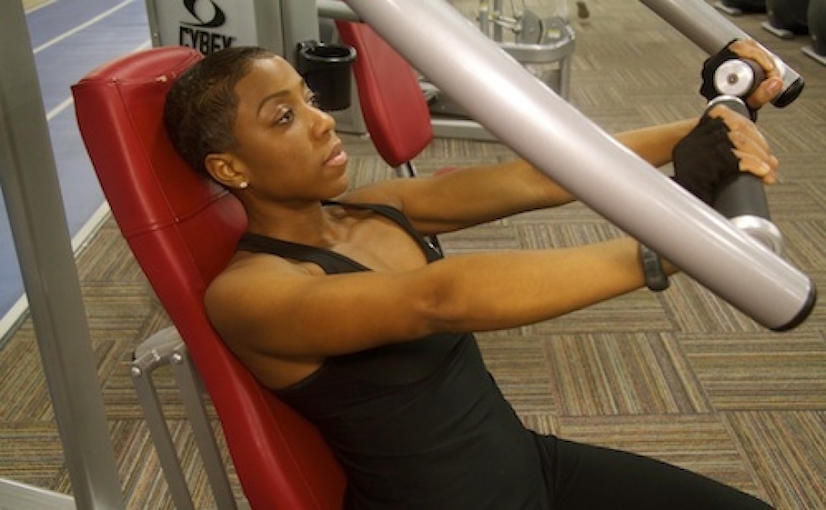These days, many gyms are doing away with traditional strength training machines and sometimes even free weights opting instead for trendier fitness techniques like high-intensity interval training (HIIT) and Tabata boot camp workouts. While such exercise methods can substantially improve muscular endurance, boost metabolism, and enhance fat burning for weight loss, progressive strength (resistance) training with machines and free weights remains at the core of a well-rounded fitness program that’s both safe and sustainable.
In recent years, I’ve found myself in heated battles with other exercise enthusiasts and fitness professionals many of whom are adamant about the uselessness of strength training machines and other traditional resistance training methods in this day in age. Still, the ways in which I promote exercise remain the same and people who follow my methods continue to experience long-term success
Related Article: Weight Training 101: What You Need to Know Before You Lift
If you’re new to resistance training or have limited strength or mobility due to injury, disability or age, strength training machines are a godsend because they guide your body through desired ranges of motion and don’t require much coordination. Since machines are specifically designed to isolate individual muscle groups, they are also great if you’re an experienced exerciser who’s looking to develop strength and build muscle.
Machines are most effective when used in conjunction with traditional free weights, as they can greatly enhance balance, coordination, and muscle size.
Now, it’s important to understand that you’ll experience significant benefits with resistance training regardless of the method you select, so long as you choose exercises that target all your major muscles groups with ample overload. In other words, your resistance (load) should always exceed the normal demands you place on your body.
Doing so will lead to remarkable improvements in your metabolic rate and calorie output and it just so happens that traditional strength training techniques are superior ways to progressively and indefinitely implement overload.
Many folks who limit themselves to HIIT, Tabata, and similar workouts often experience fitness plateaus due to insufficient overload. This holds especially true when people become accustomed to their workouts and fail to progressively increase their exercise intensity. When it comes to resistance training and working out in general, such routine behaviors are an enemy to progress.
Related Article: Why You Need to Change Your Exercise Routine Regularly
As an avid athlete who regularly engages in resistance training, I make it a regular practice to incorporate a variety of techniques into my workout regimen (HIIT, strength training machines, and free weights) in an effort to add variety and keep it fresh. As a health expert who’s been in the game for over 15 years, it is my belief that this is one of the primary reasons why my workout patterns and progress have always been consistent. And, for this reason, I recommend putting all types of resistance to good use.







